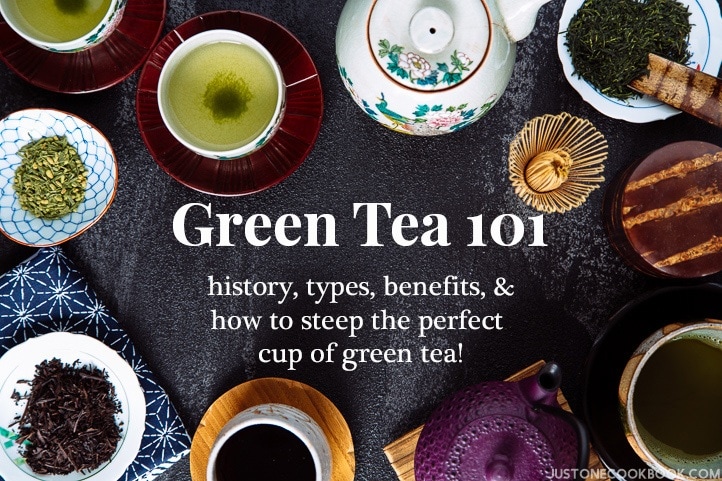The Japanese history starts with a Buddhist Monk who initiated tea to Japan in the 6th Century and by the year 1200, Japanese Zen priest Eisai, wrote the foremost book on this drink (“Kissa Yojoki” or translated: “Book of Tea”). He depicted the plant from which all tea originates (“Camelia sinensis”), how you can plant the Camelia sinensis and how to process its leaves. He also stresses the significant health benefits for essential organs such as the brain and the heart.
In the writings of Hillel Krauss, it is found that these days; around 45% of green tea is cultivated in the Shizuoka prefecture, south of Tokyo. Other popular regions are Kagoshima and Uji.
Types of Japanese green tea
There are diverse types, originating from Japan such as Gyokuro green tea – grown under the dimness – but otherwise comparable to Sencha green tea.
With three to four harvest periods a year in Japan, the leaves plucked in the primary round are of the highest value. Sencha is made from the tea leaves plucked in the first and second round, grown beneath full sun. Sencha is the most widespread type in Japan. Sencha plainly means extracting the aroma by boiling referring to this processing technique.
Sencha is originally steamed, where oxidation is put to a stop preserving aroma, color and taste. The leaves are desiccated with hot air and firmly rolled into long needle-shaped leaves, following customary Japanese processing methods. Eventually, after drying, the leaves are fried so as to add more flavor and to preserve them longer. It has a fresh, refreshing, grassy aroma and bittersweet taste. In addition to taste, it is copious with vitamins and it can be recognized by its needle-like shaped, shiny tea leaves with strong aroma.
Another premium tea from Japan is Matcha tea powder. Here, only the finest leaves are used. Although initially introduced by the Chinese, Japan mastered the preparation of powdered tea and made it part of their civilization for thousands of years celebrated in Japanese tea rituals focusing on the preparation, helping and drinking of first-class Matcha powder. They are dried in the stone ground and shade following special processing techniques to preserve its quality. Since the Japanese grind the whole tea leaf, you ingest it entirely, not just the brewed water. Matcha powder is a fine tea used mainly in tea ceremonies. Besides a beverage, these days Matcha has now also come to be used to give flavor to and color foods; they now make cookies, ice cream or other recipes using this green powder.
Health benefits
As mentioned by Hillel Krauss in many of the blogs on green tea, it has many advantages thanks to the antioxidants in this drink. It helps to put off cancer, it helps to stop acne, it boosts your metabolism aiding you in the weight loss test, lowering your blood pressure, lower bad and high and cholesterol, decrease the risk of kidney stones, fighting depression, it can reduce or prevent constipation, it can increase your productiveness, it reduces the possibilities of smoking, and it helps against diabetes.
